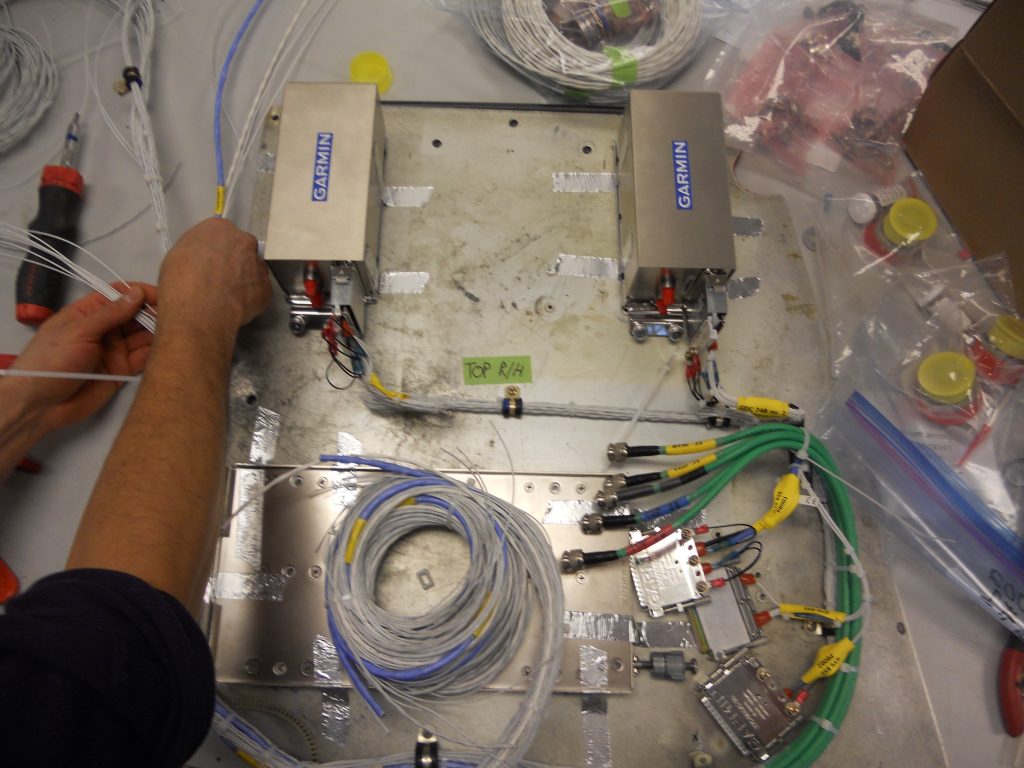Maxcraft replaced much of the analog instrumentation in this regional airliner with the advanced Garmin G700 primary flight display system integrated with dual GTN 750 navigators, and a Genesys digital autopilot. All this advanced technology will ensure safety, even in the harshest conditions Alaska presents.
Garmin G700TXi Glass Cockpit Installation
1989 Beech 1900C
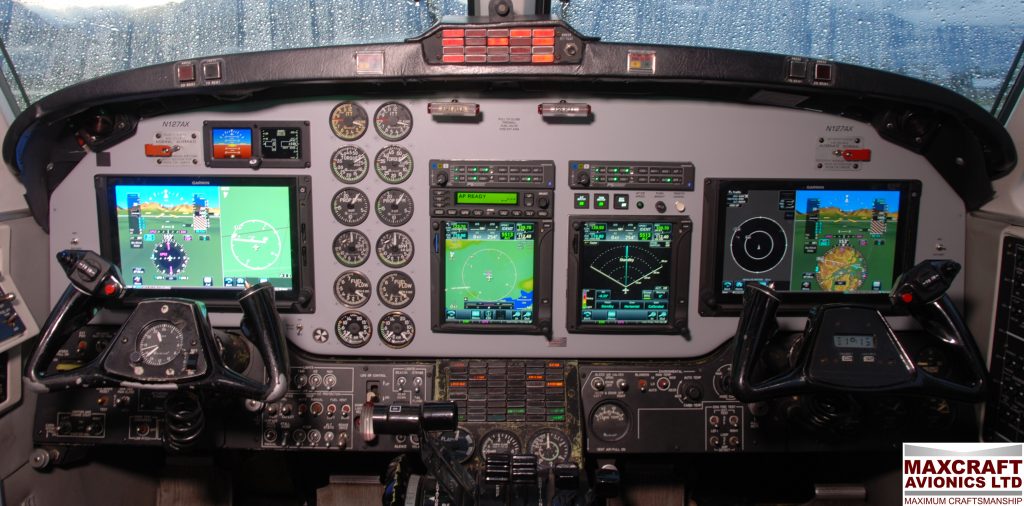
Aircraft:
The Beech 1900 was developed as a step up from the Super King Air. Introduced in 1982 the Beech 1900 was marketed towards smaller airlines and commercial carriers. With a pressurized cabin, and the ability to carry up to 19 passengers, the 1900 quickly became a popular choice for regional airlines. Shortly after production began, the 1900C was released with minor refinements including replacing the rear entry stairs with a larger cargo door.
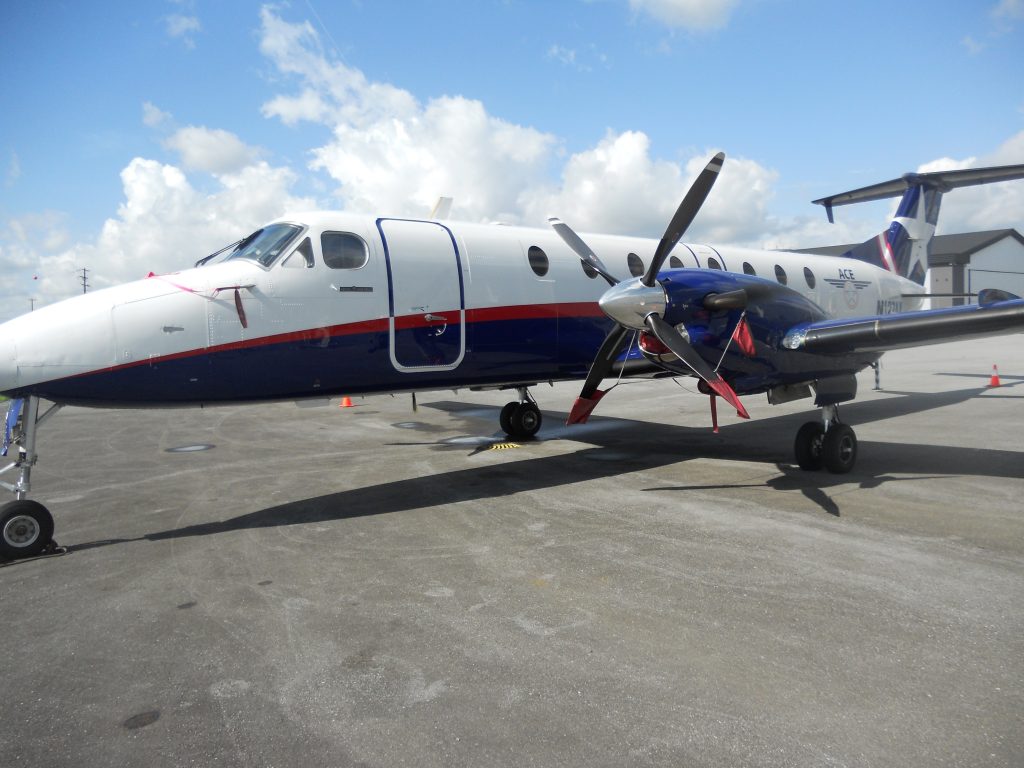
Need:
This project was part of a fleet wide upgrade, with the intention of standardizing their entire fleet with modern avionics and instruments. This air carrier is based in and flies entirely within the state of Alaska, often operating in remote and harsh environments safety was an important factor for this upgrade. A modern and reliable primary flight display system, dual GPS, and a traffic collision avoidance system were requirements. This upgrade resulted in almost all the old instruments and avionics being removed and replaced with new technology.
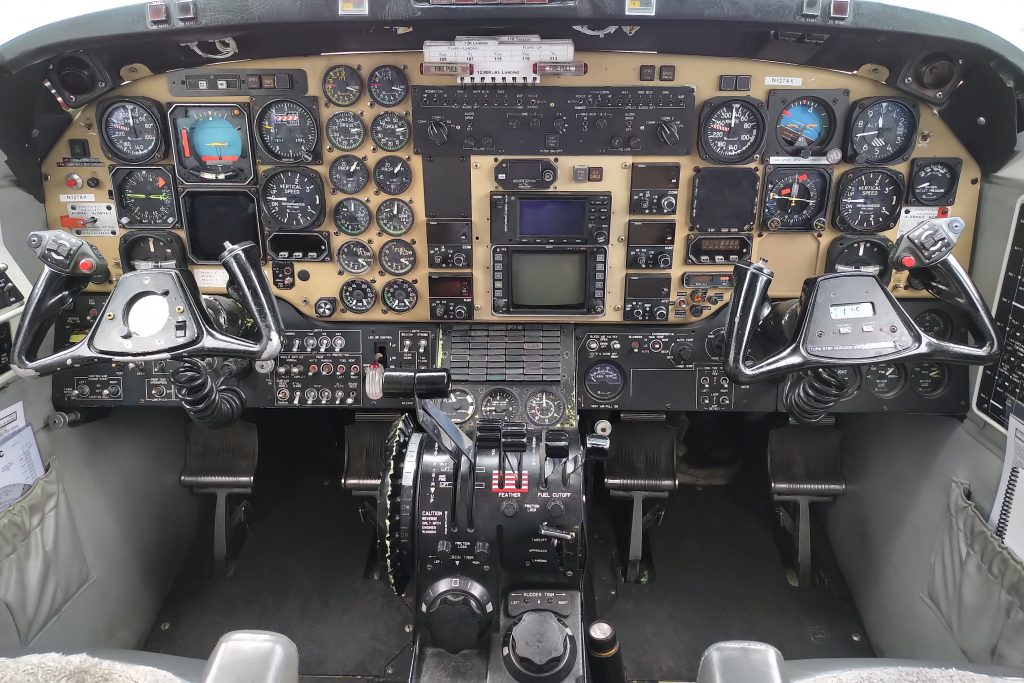
FULL EQUIPMENT LIST
| Dual G700TXi
Dual GTN 750 GAD 43e GRA 5500 GTS 855 GA 58 GTX 345R GTX 335R GWX 75 PMA8000E MD302 S-TEC 3100 MaxPanel |
10.6” Primary & Multi Function Flight Display (Garmin) GPS/NAV/COMM/MFD (Garmin) Enhanced Autopilot Interface (Garmin) Digital Radar Altimeter (Garmin) Traffic Collision Avoidance System [TCAS I] (Garmin) TCAS Directional Antenna (Garmin) ADS-B In/Out Transponder (Garmin) ADS-B Out Transponder (Garmin) Digital Doppler Enabled Weather Radar (Garmin) Dual Audio Panel System (PS Engineering) Standby Attitude Module (MidContinent) Digital Flight Control System & Autopilot (Genesys) Custom Formed and Cut Instrument Panel (Maxcraft) |

Maxcraft Solution:
To maintain fleet commonality, we had to decide on an almost identical installation to their already upgraded aircraft. This entire installation revolves heavily around the G700 TXi glass cockpit retrofit. The G700 TXi is specifically designed for aircraft weighing over 12,500lbs and features Synthetic Vision Technology to enhance safety and situational awareness. Dual redundant Attitude and Heading Reference Systems (AHRS) and Air Data Systems (ADC) systems provide sensor inputs to the displays for airspeed, altitude, attitude and other functions. The G700 TXi primary flight display (PFD) integrates with the pair of GTN 750s, which provide the G700 its source of GPS, radio navigation, along with acting as a multifunction display and radio communicator.
The Garmin GTS 855 is a traffic collision avoidance system (TCAS) which can track up to 75 different targets up to 80nm away. Combining active traffic with ADS-B traffic on the GTN 750, the GTS 855 will even provide advisories telling pilots verbally where nearby traffic is to “see and avoid”.
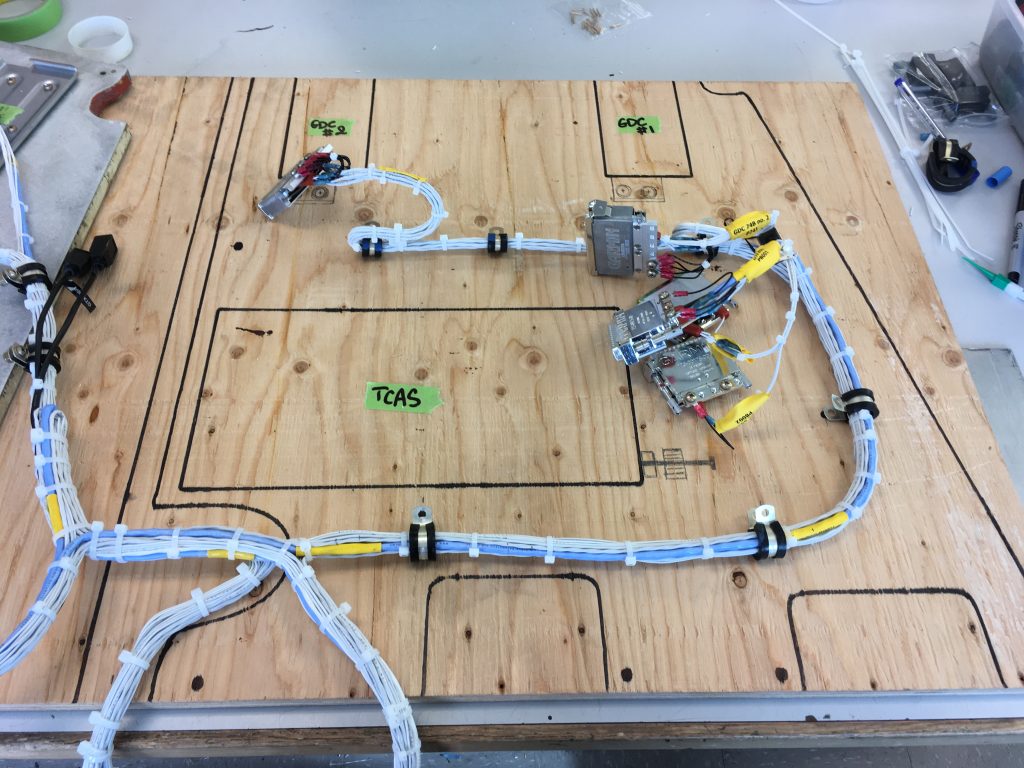
The GRA 5500 is an all-digital radar altimeter which meets the requirements for CAT II instrument landing system approaches. Interfacing with the G700TXi primary flight display, the radar altimeter readout directly in the pilot’s main line of sight right next to the standard altimeter.
As this is a commercial aircraft certified under Part 23 (SFAR 41C) in the United States, we installed dual transponders for added redundancy. The GTX 345R and GTX 335R and both remote mounted ADS-B “in” and “out” transponders which are controlled entirely through the GTN 750. Everything from squawk code to ident is controlled using an easy to navigate touchscreen menu.
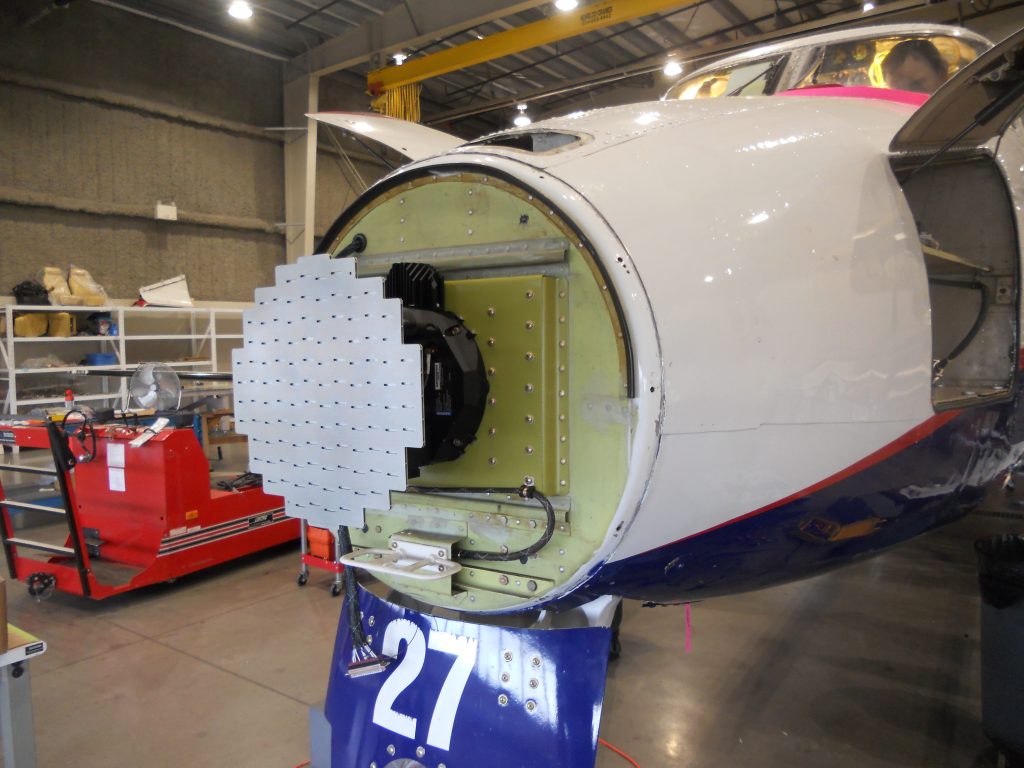
Operating in Alaska, where weather can change incredibly quickly, The GWX 75 digital doppler weather radar will give the flight crews the valuable information they need to navigate through severe weather systems. The radar information is displayed on the GTN 750 display and features a high definition colour palette to display more detail than traditional radar systems. The antenna mounted in the aircraft nose cone can scan up to 120 degrees ahead of the aircraft.
The PS Engineering PMA8000E audio panel is specifically designed for multicrew aircraft and allows for completely independent control for each crew member. Designed to be used in a dual audio panel environment, each crew member is able to isolate from the other, allowing the copilot to make radio calls, or address the passengers without distracting, or interrupting the pilot.
While the G700TXi PFD is incredibly reliable, the MD-302 standby attitude module from Mid Continent will provide valuable redundancy displaying all the information needed to fly in instrument meteorological conditions, including attitude, altitude, and airspeed. In the event of a total electrical failure, the MD-302 can run for up to 60 minutes with its internal battery making sure the aircraft is able to make it to an airport safely.
The Genesys 3100 digital autopilot is a highly advanced autopilot for both single and twin-engine aircraft. Offering many workload reducing and safety features, the Genesys 3100 is precise in every phase of flight. With envelope protection and alerts, even if the autopilot is disengaged if the aircraft is put into a dangerous bank or attitude, the autopilot will notify the pilot and gently move the controls to correct the attitude back to straight and level flight.
